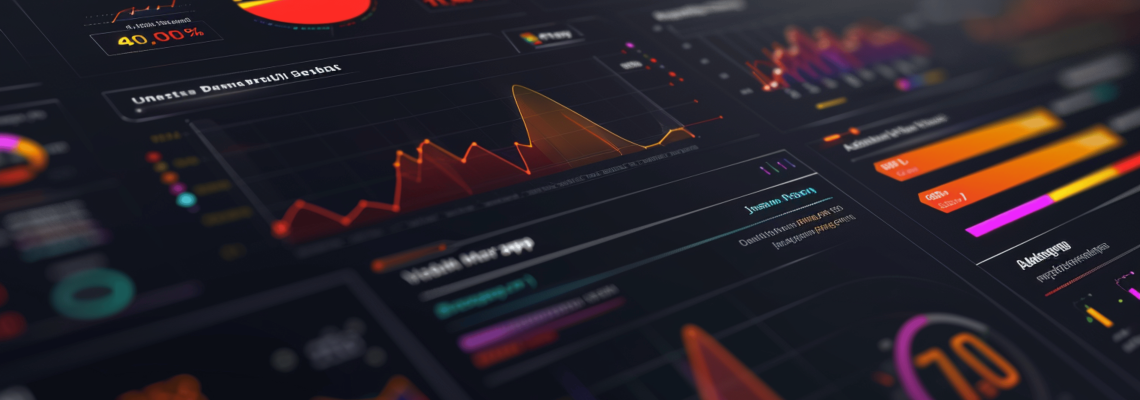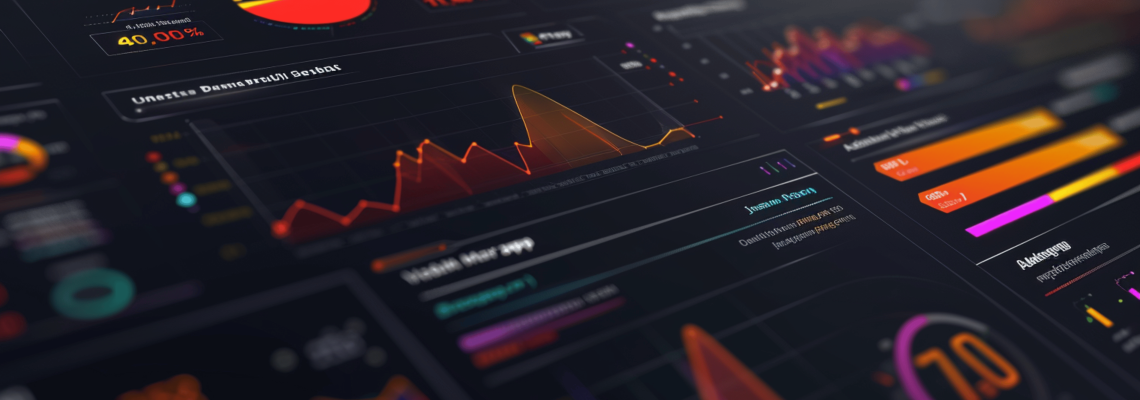Introduction
Maximizing efficiency and reducing downtime is critical for manufacturing success. An industry leader leveraged real-time production monitoring to enhance machine utilization, optimize workflows, and achieve a rapid return on investment (ROI) in just 30 days.
Challenges Faced
Before implementing real-time monitoring, the company experienced:
- High Downtime: Unexpected machine stoppages led to significant productivity losses.
- Lack of Real-Time Visibility: Operators and managers lacked immediate insights into production performance.
- Inefficient Resource Utilization: Poorly optimized workflows resulted in excess costs and delays.
- Delayed Decision-Making: Without instant access to production data, corrective actions were slow.
Solution: Real-Time Production Monitoring
To address these challenges, the company deployed a real-time monitoring system that provided:
- Live Machine Data Tracking: Continuous insights into equipment status and utilization.
- Automated Alerts & Reporting: Instant notifications for anomalies, inefficiencies, and downtime events.
- AI-Driven Analytics: Data-driven recommendations for optimizing production schedules and workflows.
- Seamless Integration with ERP & MES: Ensuring a smooth data flow across all operational systems.
Results & Impact
1. Achieved ROI in 30 Days
- Immediate efficiency gains led to fast cost recovery.
- Rapid identification and correction of bottlenecks improved overall performance.
2. 25% Reduction in Downtime
- Real-time alerts allowed operators to respond to issues instantly.
- Preventive actions minimized machine stoppages and extended uptime.
3. 15% Increase in Machine Utilization
- Optimized scheduling improved equipment efficiency and throughput.
- Reduced idle time led to more consistent production rates.
4. Enhanced Data-Driven Decision Making
- Real-time insights empowered managers to make proactive, informed choices.
- Improved reporting enabled continuous optimization of manufacturing processes.
Conclusion
By leveraging real-time production monitoring, this industry leader transformed its operations, achieving measurable efficiency improvements and a 30-day ROI. The 25% reduction in downtime and 15% boost in machine utilization demonstrate the power of data-driven decision-making in modern manufacturing.
This case study highlights the benefits of Industrial IoT, real-time analytics, and smart manufacturing solutions. Manufacturers looking to improve efficiency and reduce costs can achieve significant gains by embracing real-time production monitoring.
Ready to unlock rapid ROI? Explore the power of real-time production monitoring today!










